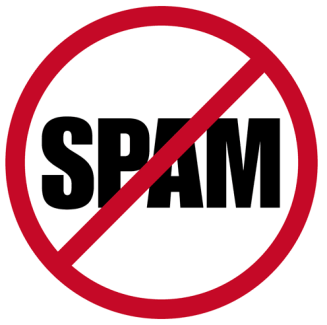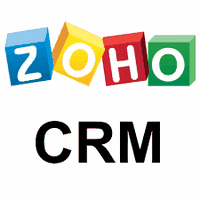 One of my clients recently sent me a one of his proposed e-marketing templates for my review. He had spent quite a bit of time developing his message and was understandably quite proud of it. What he had in mind was for me to review it, make a few suggestions and fix any typos I might find. He was no doubt expecting a few words of praise, or, at the very least, a large smiley face. What he got was a totally reworked piece that bore little resemblance to his original chef-d’oeuvre; I did, however, refrain from placing a large red “F” at the top.
One of my clients recently sent me a one of his proposed e-marketing templates for my review. He had spent quite a bit of time developing his message and was understandably quite proud of it. What he had in mind was for me to review it, make a few suggestions and fix any typos I might find. He was no doubt expecting a few words of praise, or, at the very least, a large smiley face. What he got was a totally reworked piece that bore little resemblance to his original chef-d’oeuvre; I did, however, refrain from placing a large red “F” at the top.
As an author I’ve been critiqued by some of the best editors in the world and I know the process. It’s not unusual for the early drafts of my books to return to me in the form of road kill. As the daily recipient of dozens of pieces of spam I know which messages will make their way through – and which messages will take a permanent place in the Spam Folder.
My rule of thumb for writing a marketing piece is to pretend that I am writing to one of my buddies with a bit of friendly advice. You might want to think about the following parts of your message before sending out your next blast:
1. Subject line: This is absolutely the most important part of your message because it will determine whether or not your e-mail is opened. Take a look at your own Inbox and determine which message you opened and which you immediately marked as Spam.
2. Length: Do you have time to read a two page message from a stranger, or someone you barely know? After you write your piece go back and remove any unnecessary verbiage. Keep you sentences brief and to the point.
3. Tone: Keep it simple and friendly. Period. Don’t lecture. Don’t sell and/or come across like a carnival vendor.
4. Formatting: If your message is clear you don’t need to resort to bold, underlined and red formatting, and avoid using ALL CAPS. This type of formatting will make readers think you are shouting at them and will cause spam filters to gobble up your messages and spit out the pieces.
5. Bullet points: Yes, pithy little statements neatly arranged with bullets can be effective – but only if they are done extremely well. In my client’s case his bullets had no symmetry; some started with sentences, others with verbs, some focused on his product and others on the customer.
6. Blatant sales pitches: Granted, some of your product pricing might include a manufacturer’s discount or rebate that you’ll want to share with your recipients. My client, however, offered a “3 day only” offer for his services knowing full well that he’d offer the same “deal” at any time.
7. Closing: This one should be simple. Do you normally sign your emails with your own name or just that of your company?
Put yourself in the shoes of your recipient, keep your message simple and you’ll find that writing great marketing pieces is easier than you think!






Right on Karen!
As we are bombarded with more and more email, these tips are imperative to getting our messages read.